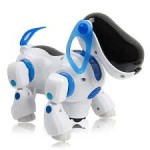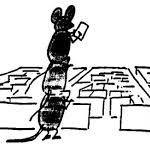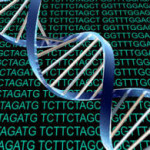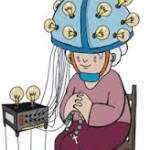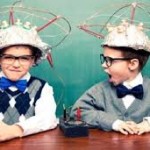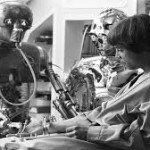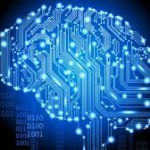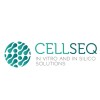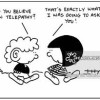“(…) robotics, possibly the most important field where engineers try to copy the abilities of living beings, is providing fruitful ground for bioinspired technologies. Investigating nature’s solutions is the preserve of biologists, but their insights into the often surprising and even seemingly perverse ways that organisms achieve what might seem impossible — such as climbing a sheer, smooth surface — can often give engineers ideas for how to solve completely different problems. (…) .
(…)
Systems based on nature are attractive to engineers for several reasons, Whitesides said. “They tend to work well with humans because their functional parts are frequently soft, so they aren’t as hazardous as heavy industrial machinery with fast-moving metal components. Also, they tend to be simpler, because a lot of the time we replace complex electronic or mechanical control systems by simply making use of the properties of the materials of construction and how we actuate them. That often means they’re relatively cheap, so they can be built for a single use. …” read full article
